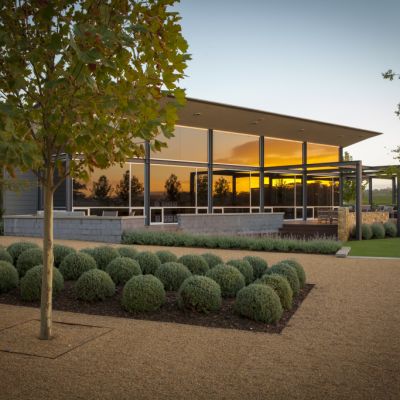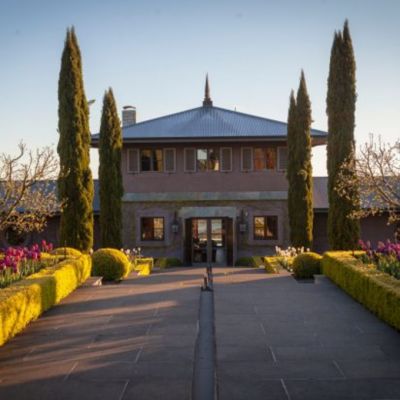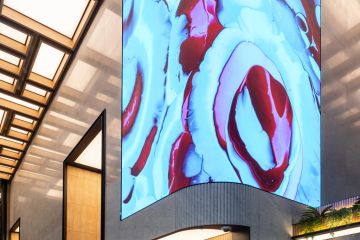Autumn splendour: How to garden for the new season with Paul Bangay
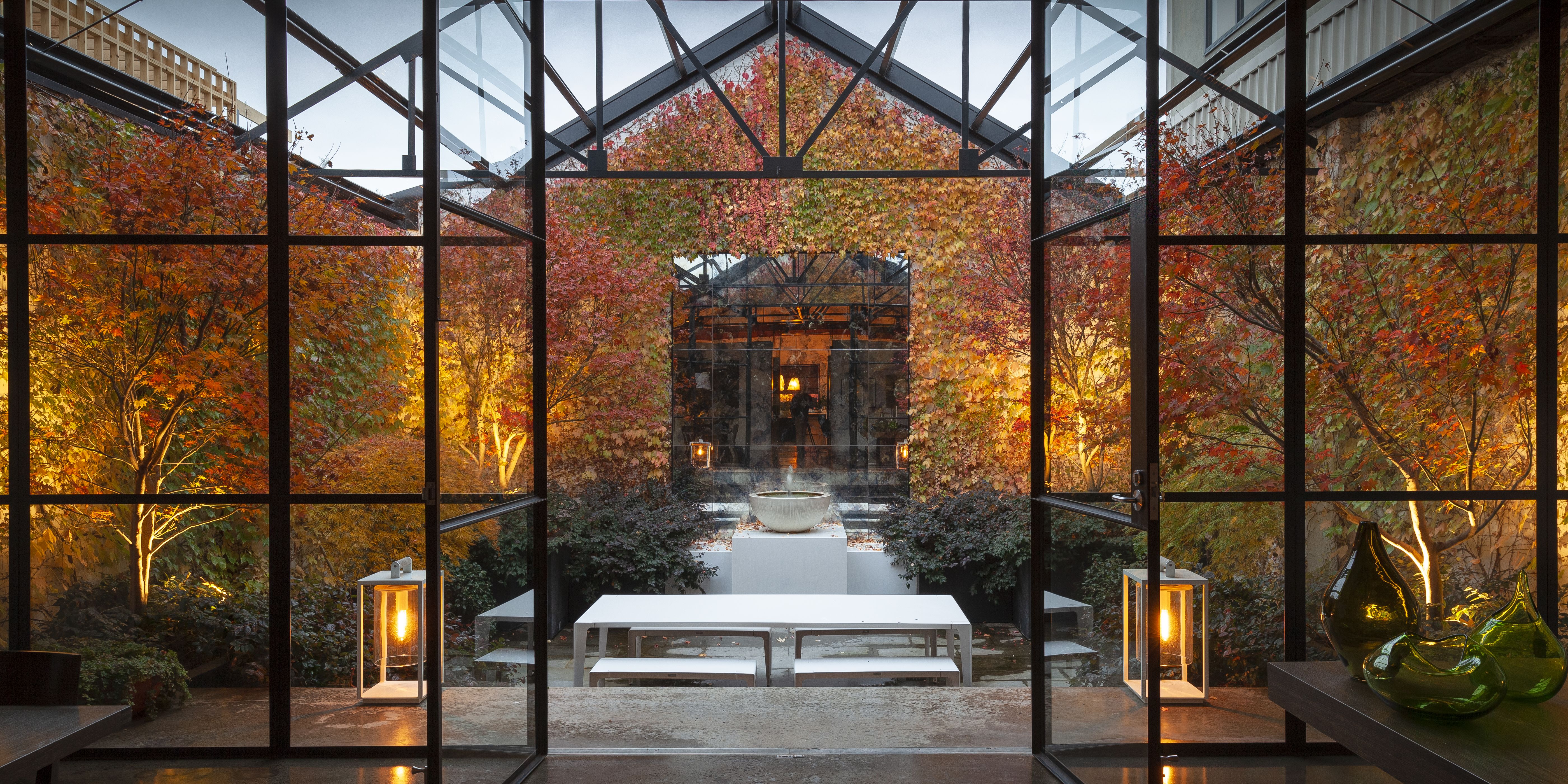
For most gardeners, the month of March cannot come fast enough – it means the end of summer and the start of a much kinder season for gardens.
The days start to get shorter and cooler and this causes the movement of sugars in deciduous trees to start the colouring process of the leaves.
I plant trees mostly for their form, size and their ability to provide shade but it’s always an added bonus if they flower or colour in autumn.
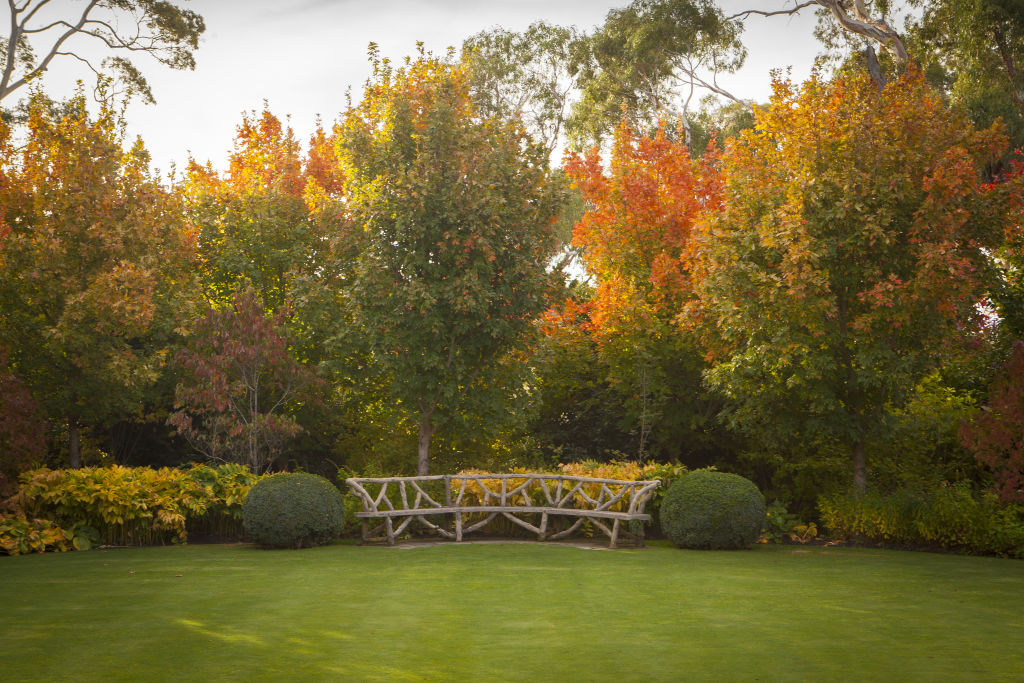
When it comes to choosing a tree for autumn colour, it’s important to select one that is appropriate for the size of your garden, and luckily they come in all sizes.
When creating the small courtyard at my design studio, I was conscious of the need for the garden to look spectacular in all seasons.
The full-height steel and glass doors allow the courtyard to feel part of the internal space of the room.
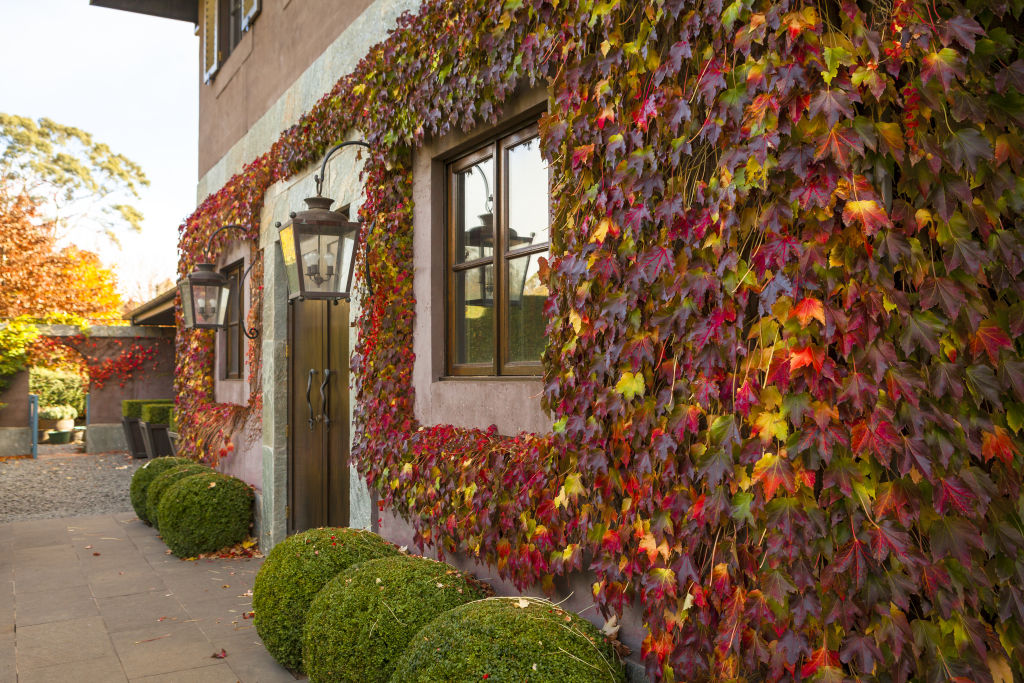
The garden was created using lightweight polystyrene planters. Given it is on the first floor, no natural soil existed and weight loading was an issue. The planting scheme for these planters was carefully chosen for summer green and autumn colour.
Given the limited size, I chose Acer palmatum “Atropurpureum”, commonly referred to as purple Japanese maple, as the main corner feature trees and weeping Japanese maple – Acer palmatum var. “dissectum Atropurpureum” – as specimens in pots and planters.
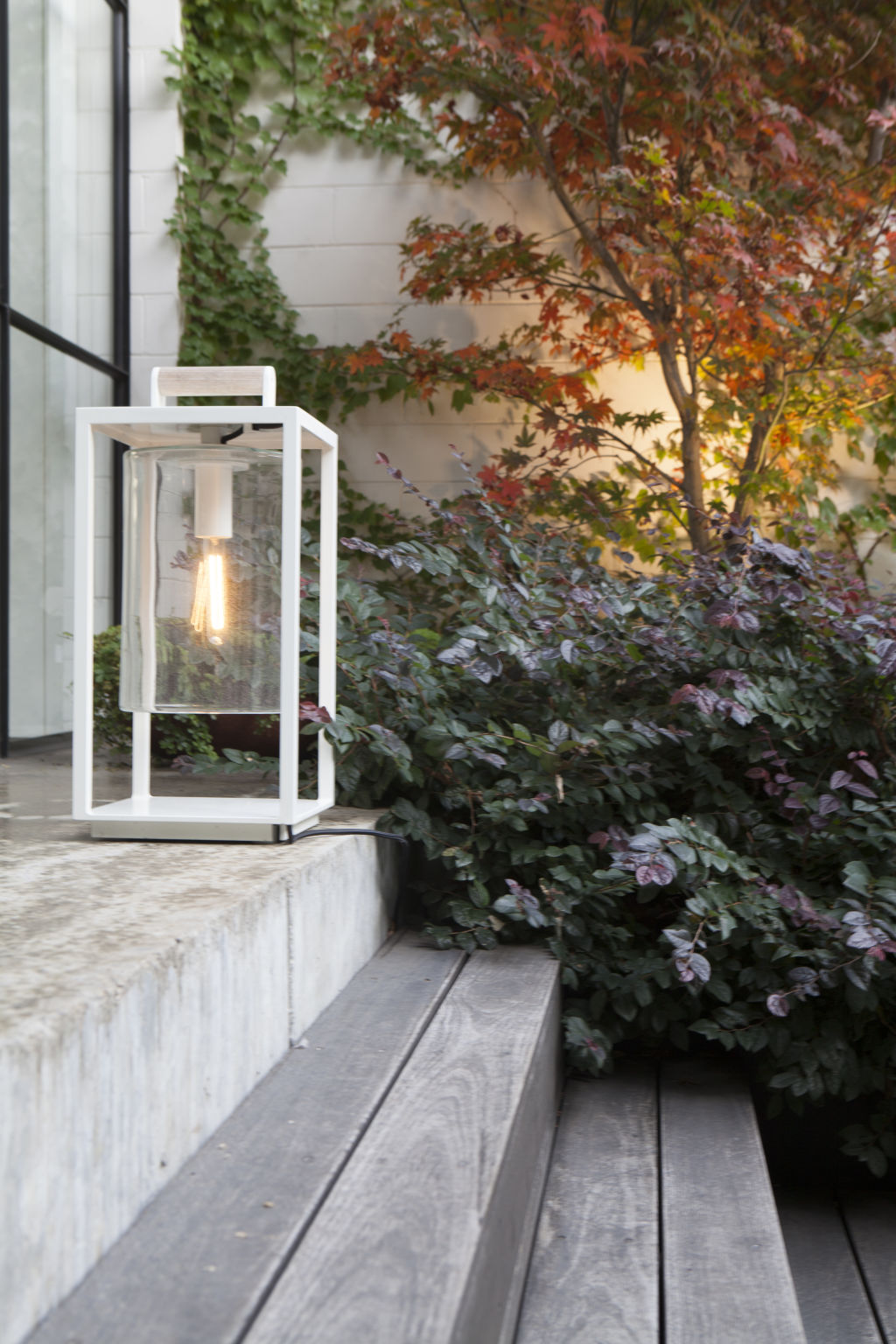
The maples are perfect for both large and small gardens and come in a range of sizes and colours. They grow well in nearly all states of Australia, preferring some afternoon shade in the hotter summer areas.
During a recent trip to Japan I was inspired to see how the Japanese prune them by thinning out the centre of the trees, thus creating a more open and sculptural tree.
The maples helped enormously to bring down the scale of the high walls of my courtyard to eye level. To break up the imposing mass of the walls, I covered them in Parthenocissus tricuspidata, better known as Boston ivy.
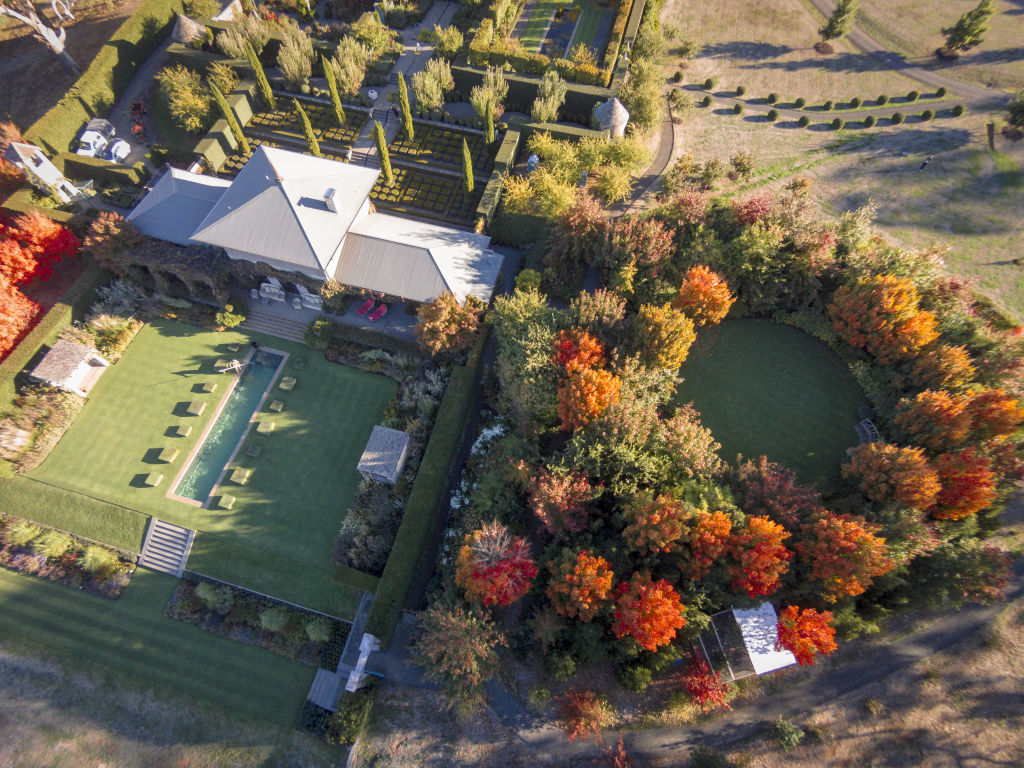
This is an extremely fast growing creeper that clings to the walls without the need of supports.
People often worry about the deciduous nature of this creeper but its tracery of sculptural branches in the winter are, for me, just as interesting.
The layering of rustic tones from the maples and Boston ivy is magical.
In the woodland at Stonefields I wanted as much autumn colour as possible and, given the large scale of this garden, I was able to use the larger growing Acer saccharum, known as sugar maples.
These are spreading trees that grow to about 24 metres in height. They have been bred primarily for their spectacular autumn colour. However, they do require water in the summer months, so plant them only if you have water available.
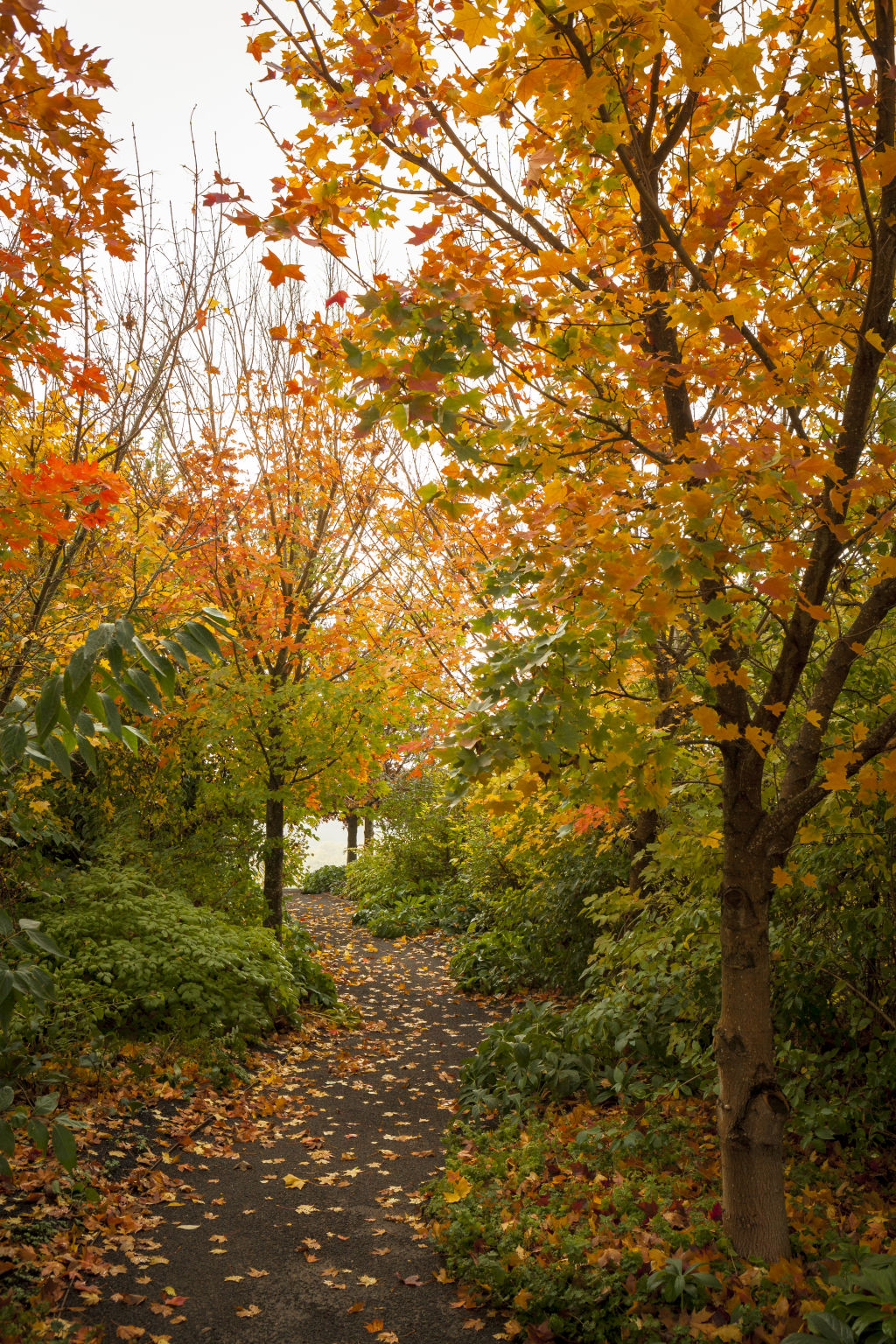
Mixed with these, I planted the taller and more conical shaped Quercus palustris, or pin oak – they colour at a slightly different time to the maples which extends the season.
The pin oaks are tougher and require less water and they are a different shade of autumnal red.
The Pyrus genus, or pear tree, is another colourful and versatile group of autumn colouring trees. They grow in most eastern states of Australia and have the added bonus of masses of white spring blossom.
I favour them in inner-city gardens due to their less vigorous root systems and adaptability; look out for all varieties of Pyrus calleryana, known as callery pear, as its foliage turns a range of brilliant hues.
We recommend
States
Capital Cities
Capital Cities - Rentals
Popular Areas
Allhomes
More
